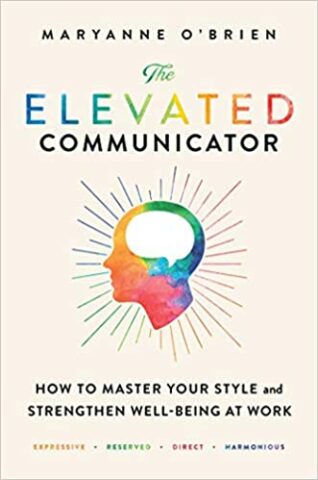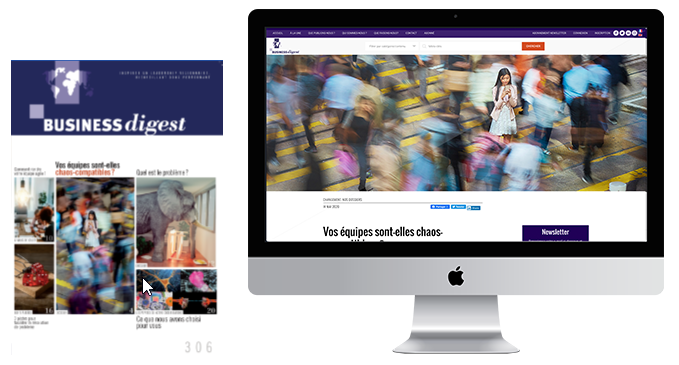Improve your communication skills (and dodge relationship bugs)
Good communication involves smoothing out the rough edges that may create a distance between you and your interlocutors, especially in a hybrid work context! Success depends on finding out about the four main styles of communication, pinpointing your own, and then learning how to master the style of those around you.
There’s a great temptation to try to bounce back from the current crisis by working twice as hard, by turning presenteeism into ever-presenteeism, and “over-controlling” your co-workers face-to-face or remotely. But this isn’t a healthy or sustainable attitude, and it generates stress and tension. The key skill to cultivate now more than ever for a lasting, positive impact on your job is your ability to communicate well. Fluid communication is the “basic building block” for (re)forging links, (re)creating trust and (re)introducing a sense of purpose to (re)motivate your teams.
This fluidity isn’t something that comes naturally, however, regardless of the good intentions of the individuals involved. There are several different types of communication style (some being totally incompatible) that complicate the situation, breeding tension and misunderstanding. Yet these pitfalls can be avoided – provided you identify your operating mode (and your interlocutor’s) so you can demonstrate your flexibility judiciously, rising above your divergent approaches and achieving your common goals.

The Elevated Communicator
Maryanne O’Brien (Tiller Press, 2021).
Memo
- Fluid communication is the number one lever for efficiency; it helps you instill trust, stimulate creativity, and give a sense of purpose to your teams.
- To manage the nuts and bolts of your exchanges, find out what your dominant communication style is: expressive, reserved, direct, or harmonious.
- A flexible communication style is a vital skill for enhancing your working relationships and the performance of your team.
Your ability to communicate builds trust (… or not!)
Fluid communication leads to a virtuous circle of constructive cooperation. According to a Gallup poll, people who have a friend they can talk to in the office are seven times more involved in their jobs, produce better quality work, and have a greater sense of well-being1. When your brain takes part in a positive social interaction, it produces oxytocin – the “trust hormone” – which motivates you to encourage, support, and help others.2
1 “How Having a Best Friend at Work Transforms the Workplace” by Mike McDonald (Gallup, October 16, 2018).
2 “The Importance of Positive Relationships in the Workplace” by Elaine Houston (Positive Psychology, October 13, 2020)
3 “Positive Practices in the Workplace: Impact on Team Climate, Work Engagement, and Task Performance” by Perry E. Geue (Journal of Applied Behavioral Science 54, No. 3, September 2018).
© Copyright Business Digest - All rights reserved



